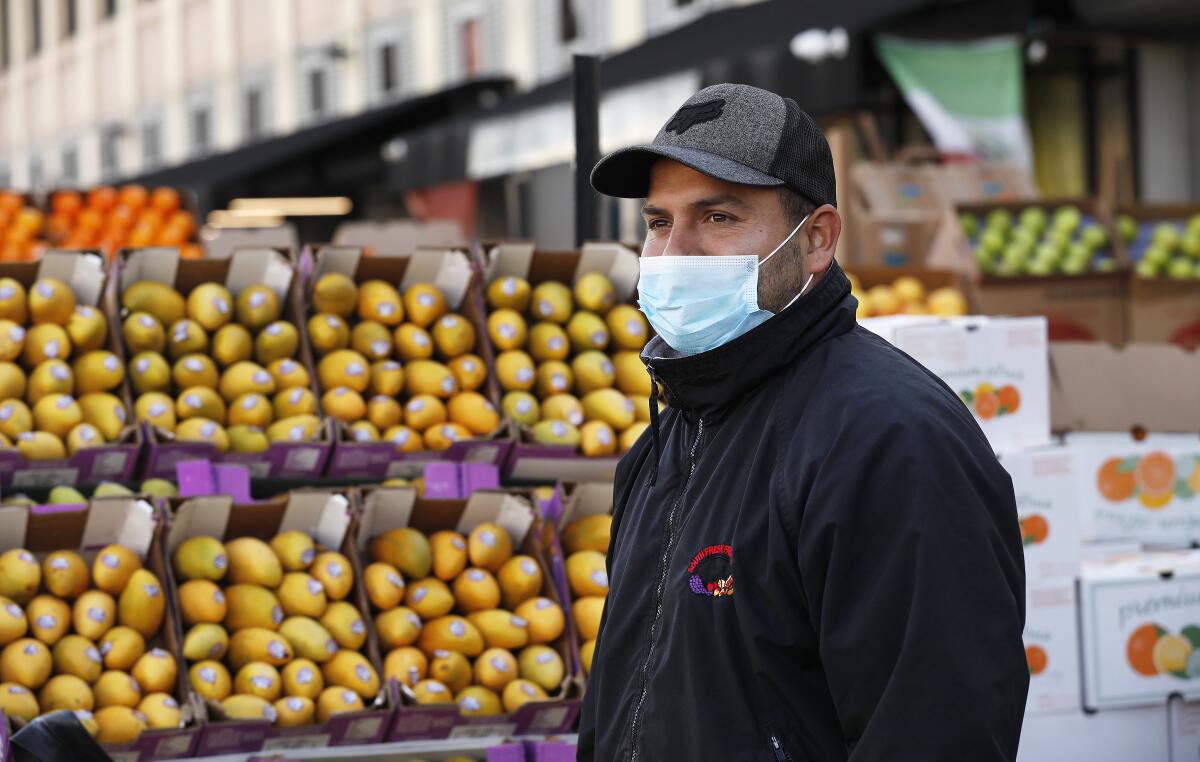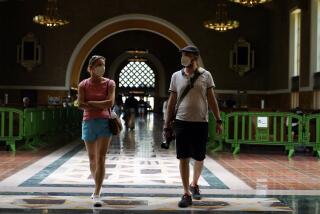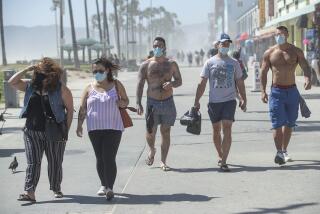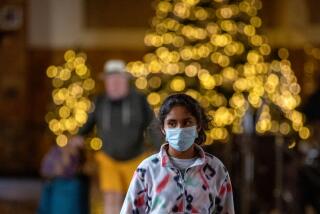Editorial: To wear a mask or not to wear a mask. It’s no longer a question

I wore a face mask outside for the first time Tuesday morning. It wasn’t a new one; I purchased it last summer to clean out a critter infestation.
In the last few weeks, as the coronavirus spread rapidly across the nation, I thought frequently about wearing it outside. But I never did, and not just because it was dusty and pinched at my face.
Truthfully, I was embarrassed. For starters, it feels weird to wear a mask in public in this country, unless you’re in a hospital or a doctor’s waiting room. It’s kind of stigmatizing, actually — an exercise in drawing unwanted attention. Then there was the shame doled out by federal officials and public health experts, who said people who hoarded medical-grade face masks such as my N95 during a national shortage put healthcare providers at risk for infection.
“Seriously people — STOP BUYING MASKS! They are NOT effective in preventing [the] general public from catching #Coronavirus,” Surgeon General Jerome Adams tweet-yelled at Americans on Feb. 29, saying that healthy people did not need to wear face masks.
What nudged me to finally swallow my shame and take up the mask was the news that the Centers for Disease Control and Prevention, at the urging of public health experts, is now considering recommending that all Americans don some sort of face protection — though not medical-grade face masks — while outside to slow the transmission of the coronavirus.
The reversal may seem puzzling. At some level, we all probably understood that having a barrier between our germy hands and our vulnerable faces was a good idea during an outbreak, no matter what the official recommendation was. But it’s another example of how the understanding of this new disease, and how to fight it, is still evolving.
Back when there were just a handful of confirmed cases of COVID-19 in the U.S., it seemed appropriate to urge people to leave the masks for healthcare workers who really needed them. But we now have more evidence suggesting that people can spread COVID-19 before they know they are infected and need to isolate themselves. Also, since there’s no shortage of do-it-yourself face mask tutorials online, regular people can cover their faces without depriving a doctor or nurse of much-need infection protection.
Still, of all the things that government has asked us to do — not shake hands, stay at home, keep six feet away from other people — wearing face protection outside is perhaps the most culturally alien to Americans. We just don’t do that unless we are robbing a bank or the temperature has dropped below zero.
But there are signs that all these steps, as uncomfortable as they may be, are working to slow the spread of COVID-19 infections in Washington state and in California. If covering up my face in public will help to flatten the COVID-19 curve even further, then I’ll be wearing my mask on the next trip to the grocery store as well.
— Mariel Garza
More to Read
A cure for the common opinion
Get thought-provoking perspectives with our weekly newsletter.
You may occasionally receive promotional content from the Los Angeles Times.











